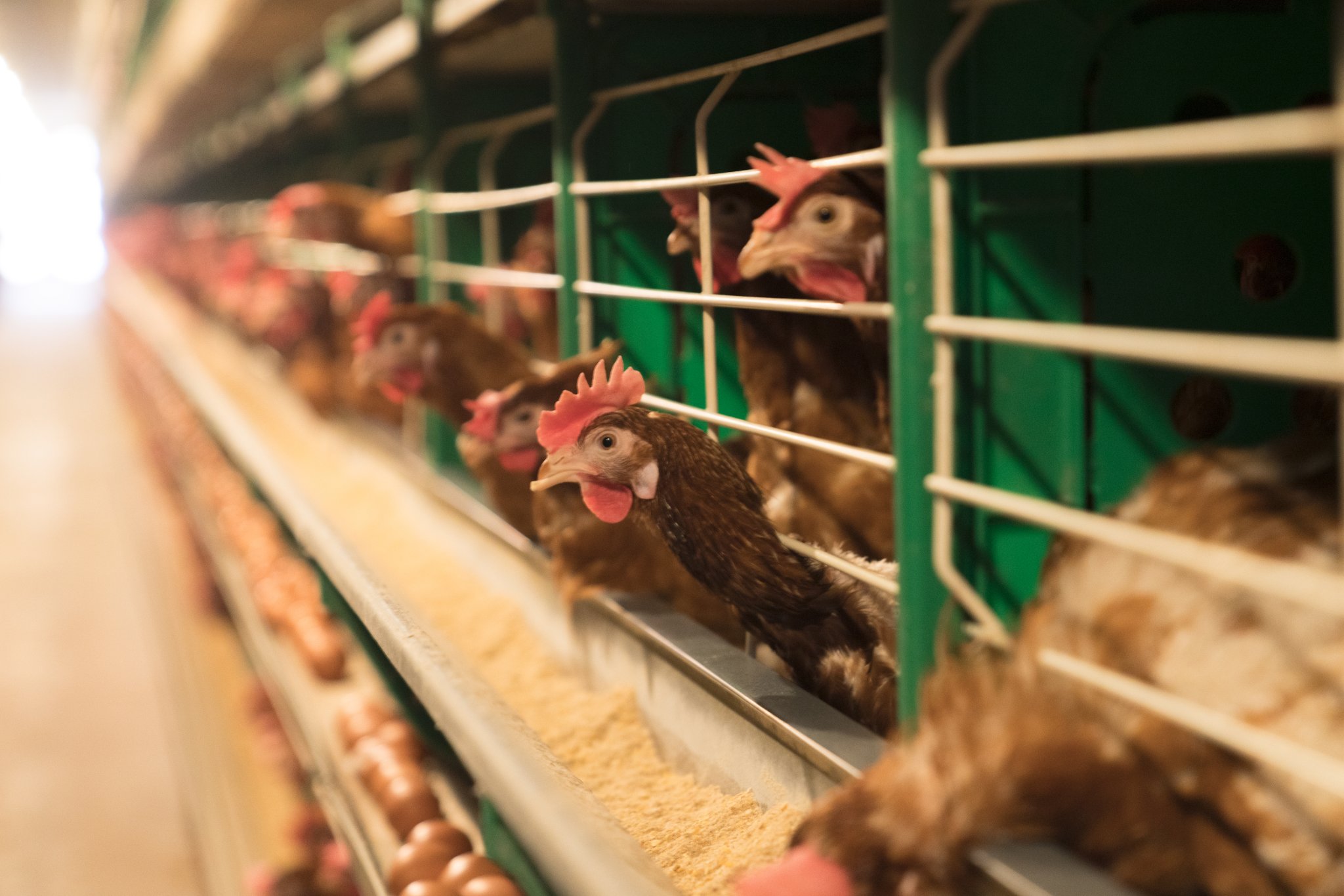Evelyn Alexander Wildlife Rescue Center Discusses Growing Spread of Bird Flu

At the Evelyn Alexander Wildlife Rescue Center (EAWRC), staff members are taking extra precautions as bird flu, a highly pathogenic avian influenza (HPAI), continues to spread across the country. While bird flu has long been a concern in poultry farming, its mutation to affect wild birds and even mammals has turned it into a national issue. The EAWRC and its employees have been working non-stop recently to protect both wildlife and education, while educating the public on how to safely assist infected birds.
Laura Schmelzer, Office Manager at EAWRC, explains the new safety measures in place. “We have bright red signs for people bringing in injured birds, and the front door has been consistently locked to minimize foot traffic. When someone arrives with a bird, they call first, and we notify staff to retrieve the bird outside,” Schmelzer says. These special precautions are not just for the safety of the staff, but also for the many hospitalized and educational animals kept in the building.
Bird flu originated in poultry farms, where improper disposal of dead birds allowed the disease to form, mutate, and spread to migratory birds. “No one took care of it, and now it’s a national problem,” says Rose Lynch, animal care assistant at EAWRC. The virus has even crossed species barriers, affecting marine life in South America. “Hundreds of thousands of seals have died because they share habitats with birds, specifically gulls,” Lynch explains. Now, cases of bird flu are popping up in the United States amongst people. The worst case of this virus has been recorded in Louisiana, and according to a DEC (Department of Environmental Conservation) agent, this person caught and ate a wild bird, contracting the disease.
Domesticated pets are also at risk. “Cats and dogs that eat wild birds have been affected,” Lynch warns, “but as long as you aren’t kissing or eating wild birds, you’ll be fine.” While fear-mongering over bird flu has escalated, Lynch emphasizes that people should remain cautious but not afraid to help. “If you find an animal in distress, personal protective equipment—like gloves, masks, and towels—will keep you safe. The EAWRC provides disinfectant, facial barriers, and a boot wash for anyone who wants to help.” She reassures that “the disease doesn’t live long on non-living surfaces, and everything at the center operates the same aside from our added safety measures.”
Jessica Chiarello, senior animal care technician and hospital supervisor of the EAWRC, notes that bird flu is most common among species that gather in large flocks. “Domesticated fowl, raptors, gulls, scavengers, and chickens are the most susceptible since they huddle together, allowing the virus to spread rapidly,” she explains. Unfortunately, there is currently no treatment for bird flu in wildlife rehabilitation. “Right now, it’s lethal,” Chiarello states. While scientists have been working hard and are studying bird populations to find antibodies, at this time, birds that test positive must be euthanized to prevent further spread.
Even though bird flu seems like a hopeless case, the EAWRC works closely with the DEC, sending euthanized birds for testing and research. “Many wildlife centers, including ours, are searching for resources to combat the disease while keeping both animals and people safe,” Chiarello says. Identifying bird flu can be difficult because it doesn’t always appear in obviously sick animals, as Chiarello continues, “bird flu might look like seizures, tremors, confused or floating head movements, abnormal vocalizations—things that don’t always indicate immediate debilitation. It can catch even the healthiest birds off guard.”
With bird flu continuing to spread, the EAWRC urges the public to take precautions, but not to avoid helping wildlife in distress. “Being educated and prepared is key,” says Lynch. “Use protective equipment, follow disinfection protocols, and don’t let fear stop you from aiding an injured bird just because it might be bird flu.”
The center is located at 228 West Montauk Highway, Hampton Bays. It can be reached at 631-728-4200, and animal emergencies can be reported at 631-728-WILD (9453). The center is open 9 a.m.–5 p.m. seven days weekly. Visit wildliferescuecenter.org for info.



